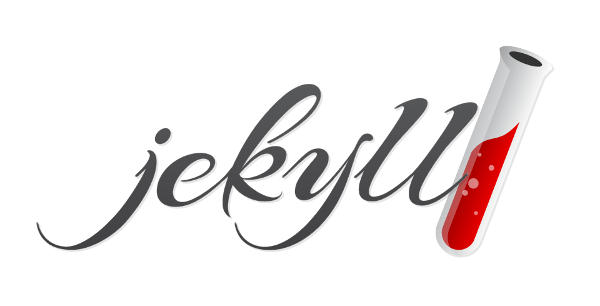
My old Nexus 5 is with my father now. I did a factory reset before I passed it to him. After a few days, the phone received a security update, but when we tried to install it, it would fail mid way with an error screen as shown above. To exit the error screen, we had to press and hold the power button and the volume down button; then it would reboot the phone and everything would be back to normal. However, after a while, it would show that an update is available (it is the same one that failed), but it would result in the same thing. We tried several times with no success. The phone only had about half a dozen apps installed other than the stock apps, so it must have been a real mess up.
Next thing to do was to do a factory reset. It also did not fix the problem.
Then we decided to completely erase and manually install the latest official firmware for the phone. I had not done this in a while, so I had to look for a tutorial. Last time I followed this YouTube video but it was telling me to download Android Studio to get the ADB Bundle. Then I found this written guide, which suggested an alternative way to get the ADB bundle installed.
And it was a success. By that I mean that we are not getting that error anymore. But we have to give it a couple of months to see if it really got fixed, because since the phone is already running the latest build for the Nexus 5, there would not be any new updates for a while.



